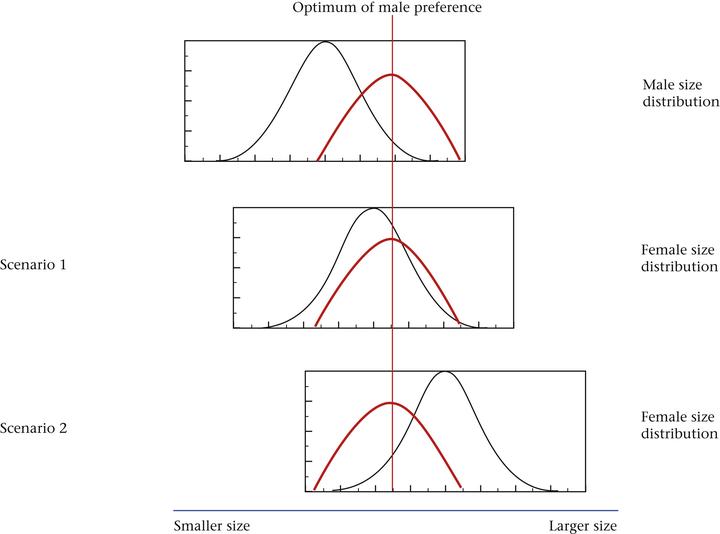The causal relationship between sexual selection and sexual size dimorphism in marine gastropods

Abstract
Sexual size dimorphism is widespread among dioecious species, but its underlying driving forces are often complex. A review of sexual size dimorphism in marine gastropods revealed two common patterns: first, sexual size dimorphism, with females being larger than males, and, second, females being larger than males in mating pairs. Both patterns suggest sexual selection and sexual size dimorphism are causally related. To test this hypothesis, we investigated, first, mechanisms driving sexual selection on size in three congeneric marine gastropods with different degrees of sexual size dimorphism, and, second, the correlation between male/female sexual selection and sexual size dimorphism across several marine gastropod species. Male mate choice via mucus trail following (as evidence of sexual selection) was found during the mating process in all three congeneric species, even though not all species showed sexual size dimorphism. There was also a significant and strong negative correlation between female sexual selection and sexual size dimorphism across 16 cases from seven marine gastropod species. These results suggest that sexual selection does not drive sexual size dimorphism. There was, however, evidence of males utilizing a similar mechanism to choose mates (i.e. selecting a female slightly larger than their own size) which may be widespread among gastropods, and, in tandem with sexual size dimorphism varying between species, provides a plausible explanation of the mating patterns observed in marine gastropods.